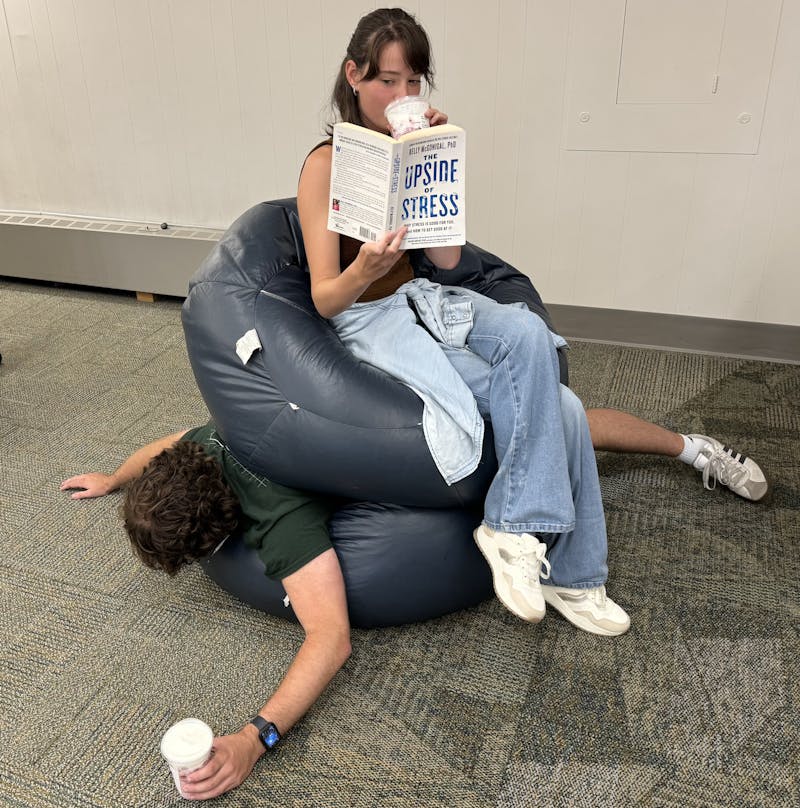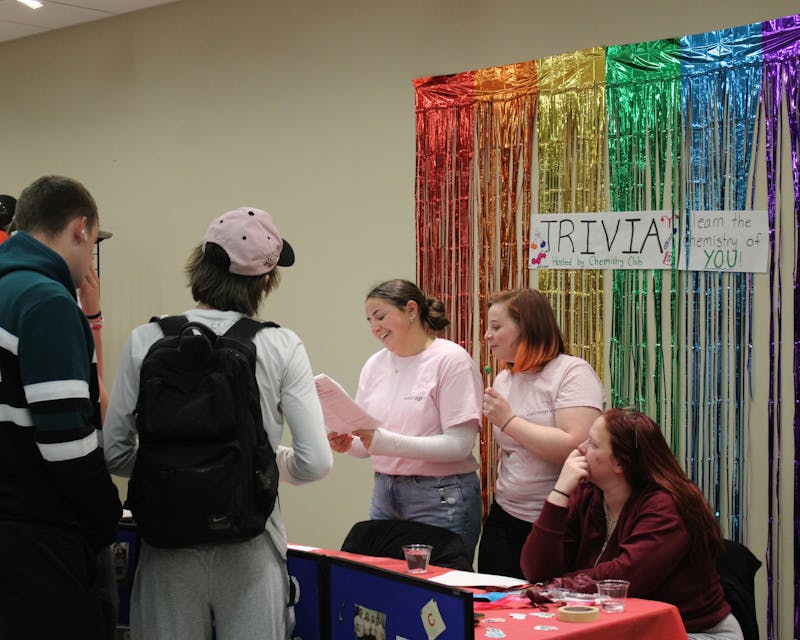The Shippensburg University Career & Community Engagement Center (CCEC) is offering an opportunity to save the lives of others at the Bone Marrow Registry Sept. 22 from 11 a.m. to 3 p.m. in the Ceddia Union Building’s (CUB) Grand Hall.
Every third Tuesday of the month the CCEC hosts a community-centered clinic to help students become stewards outside of the campus.
“Our goal is to engage students and get them to think about the community and campus,” CCEC director, Victoria Kerr said. Upcoming clinics also include “A Spoonful of Cookie” in October and “Sending Holiday Cheer” in December.
A typical bone marrow swabbing takes less than five minutes to do, according to the Mayo Clinic, a medical care and research facility. Once the cells are collected from inside the cheek, the results are sent to an office and reviewed. If patients meet all the requirements they are entered into the bone marrow registry and their cells get tested to find a match.
Kimberly Rockwell, CCEC secretary, stressed that the bone marrow registry is totally harmless. Rockwell also clarified that the blood marrow registry is not a blood drive. No needles are involved in this stage of the testing process.
If donors finds a match they then get blood work and are scheduled for a donation. The donation will either be for bone marrow or blood stem cells depending on the needs of the patient.
“Bone marrow is found in the hollow cavities of the body’s large bones,” according to swabacheek.org, and is collected by the doctor inserting a needle through the bone to collect the liquid portion of the bone marrow.
The blood stem cell donation process is similar to plasma donations. Blood stem cells are removed from one arm and passed through a machine to collect only the blood-forming cells. The blood not used is returned to the opposite arm.
According to the world’s largest bone marrow donor center, Delete Blood Cancer, donors must be at least 4 feet 10 inches tall, 110 pounds, willing to donate to any patient in need and be a permanent resident of U.S.
SU counseling graduate student Nicholas Etheridge proposed the idea of supporting Delete Blood Cancer for the first CCEC clinic.
Delete Blood Cancer center started when one family was searching for a bone marrow donor match and has continued today.
“Blood cancer is the third leading cause of cancer deaths and kills more children than any other disease in the U.S,” according to Delete Blood Cancer.
Delete Blood Cancer reported that more than 14,000 patients need a blood marrow donation each year, but only half of them will receive one.
“The whole goal is it only takes a second to swab. If one of our students could be a match, that would be amazing,” Kerr said.
9/14/2015, 11:46pm



The Slate welcomes thoughtful discussion on all of our stories, but please keep comments civil and on-topic. Read our full guidelines here.